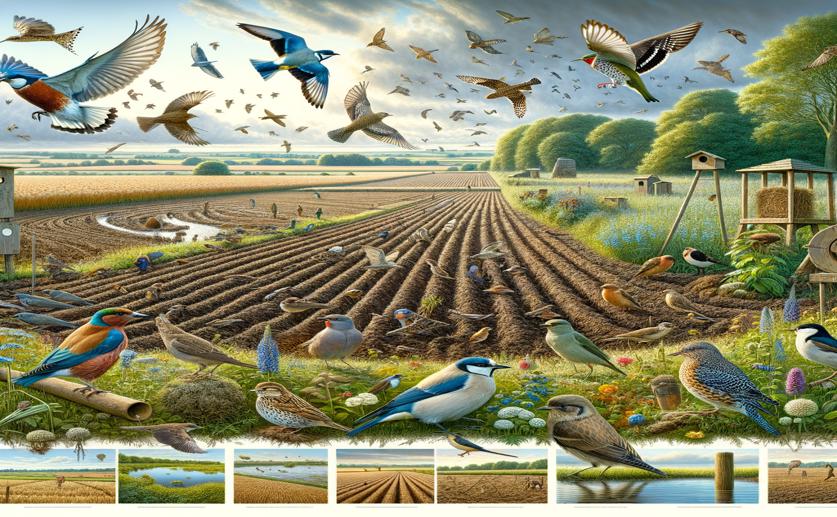
How Farming Practices and Conservation Efforts Impact Farmland Bird Populations
Jim Crocker
30th May, 2024

Image Source: Natural Science News, 2024
Key Findings
- The study, conducted in Finland, found that diversified landscapes with a mix of crop and non-crop habitats support higher farmland bird densities
- Maintaining non-crop habitats like field margins, hedgerows, and fallows enhances natural enemy populations and reduces pest pressures
- Agri-environment schemes targeting non-productive areas are more effective in enhancing species richness than those focused on productive areas
References
Main Study
1) Relative effects of arable land-use, farming system and agri-environment schemes on landscape-scale farmland bird assemblages
Published 29th May, 2024
https://doi.org/10.1007/s10980-024-01906-z
Related Studies
2) Sustainable pest regulation in agricultural landscapes: a review on landscape composition, biodiversity and natural pest control.
Journal: Proceedings. Biological sciences, Issue: Vol 273, Issue 1595, Jul 2006
3) The role of agri-environment schemes in conservation and environmental management.



 23rd February, 2024 | Jim Crocker
23rd February, 2024 | Jim Crocker